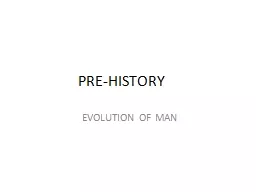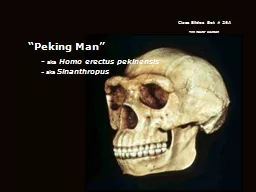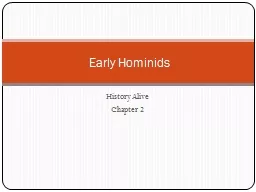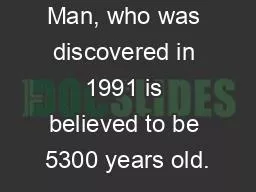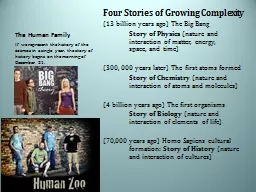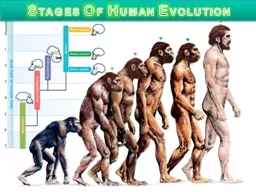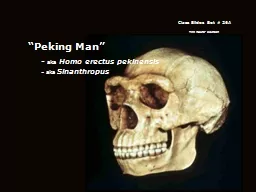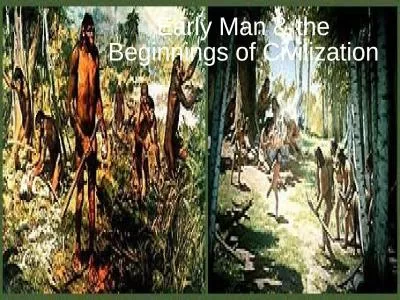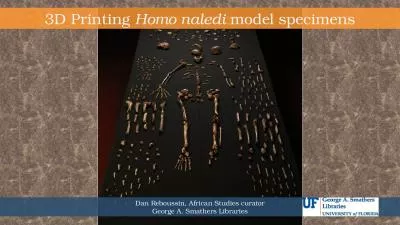PPT-Homo mobilus II – the mobile man II
Author : sandsomber | Published Date : 2020-06-17
28052008 Conference NoEL Netværk om eLæring Denmark Aleksander Dye started at NKI Distance Education in 2001 in the RampD department as a system developer Working
Presentation Embed Code
Download Presentation
Download Presentation The PPT/PDF document "Homo mobilus II – the mobile man II" is the property of its rightful owner. Permission is granted to download and print the materials on this website for personal, non-commercial use only, and to display it on your personal computer provided you do not modify the materials and that you retain all copyright notices contained in the materials. By downloading content from our website, you accept the terms of this agreement.
Homo mobilus II – the mobile man II: Transcript
Download Rules Of Document
"Homo mobilus II – the mobile man II"The content belongs to its owner. You may download and print it for personal use, without modification, and keep all copyright notices. By downloading, you agree to these terms.
Related Documents


